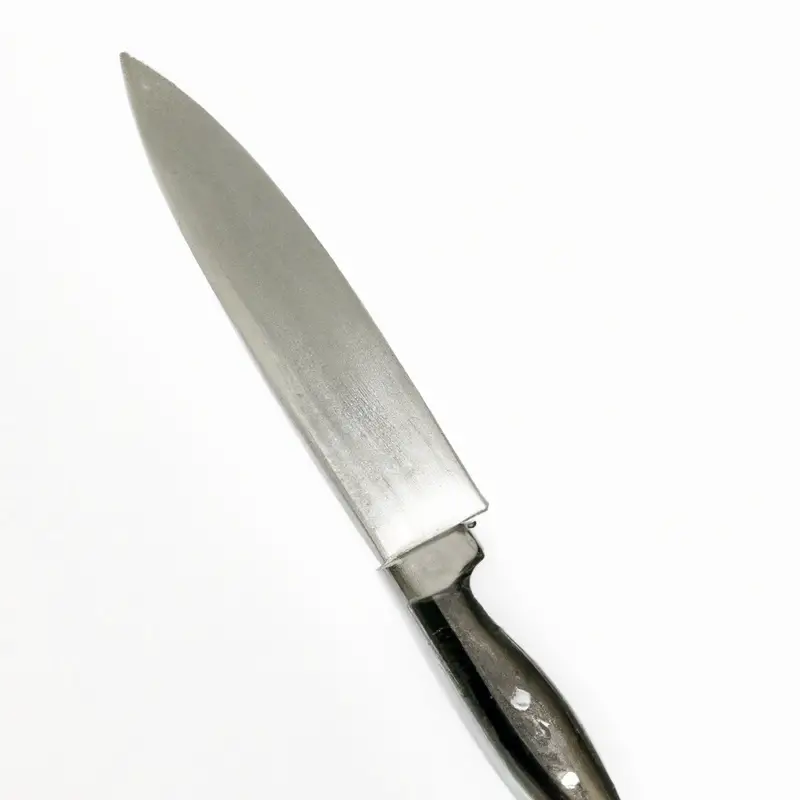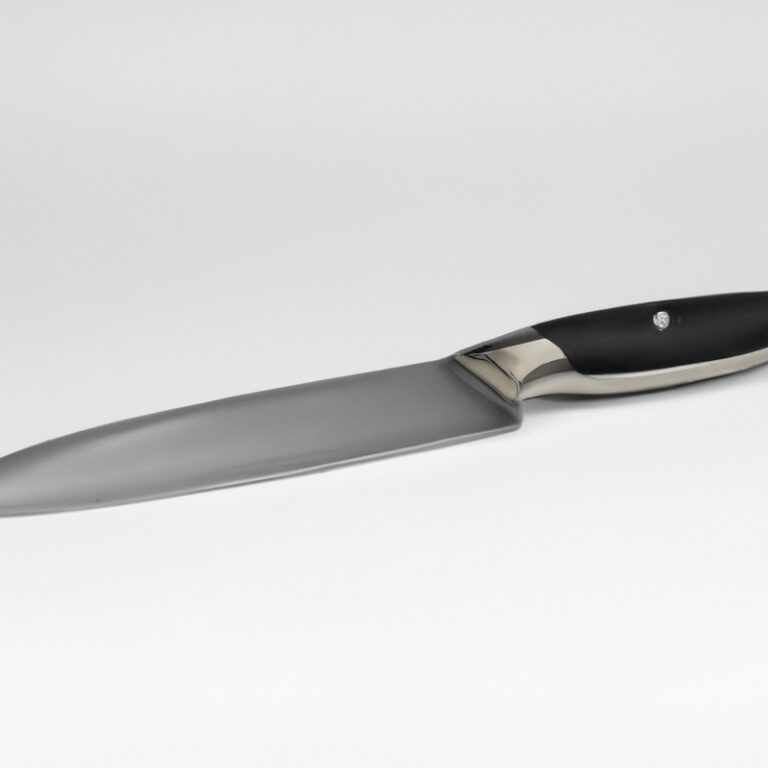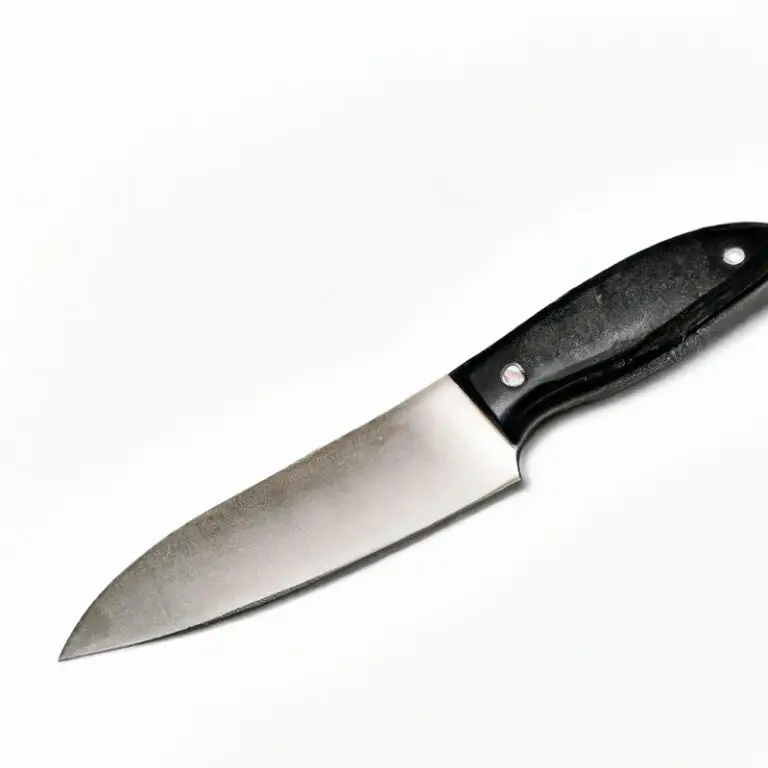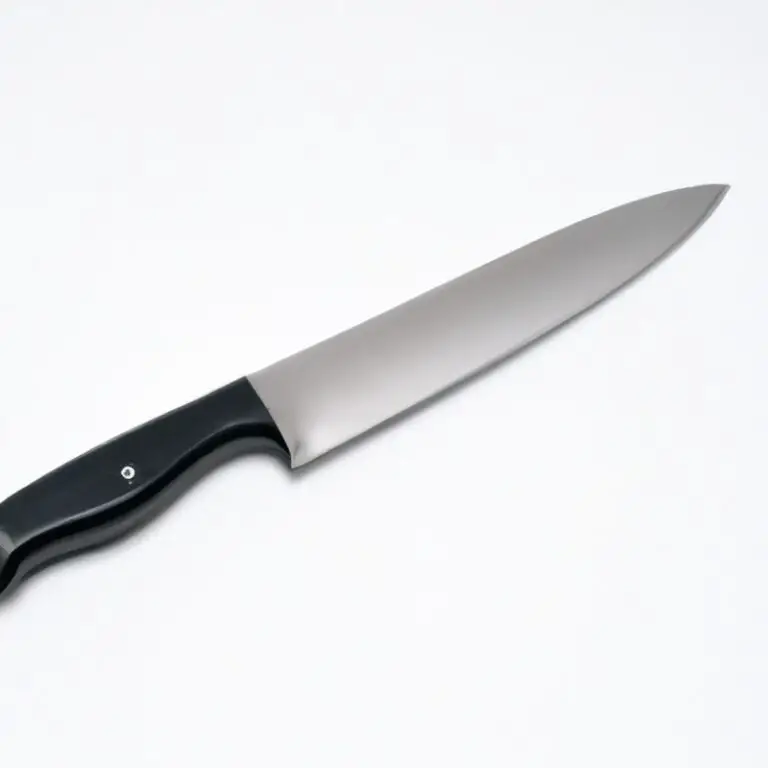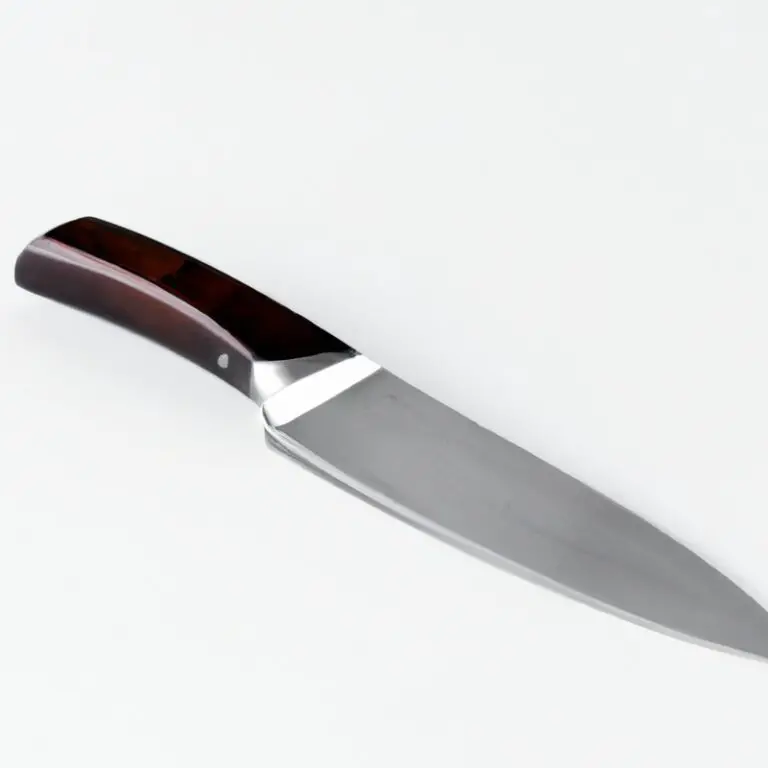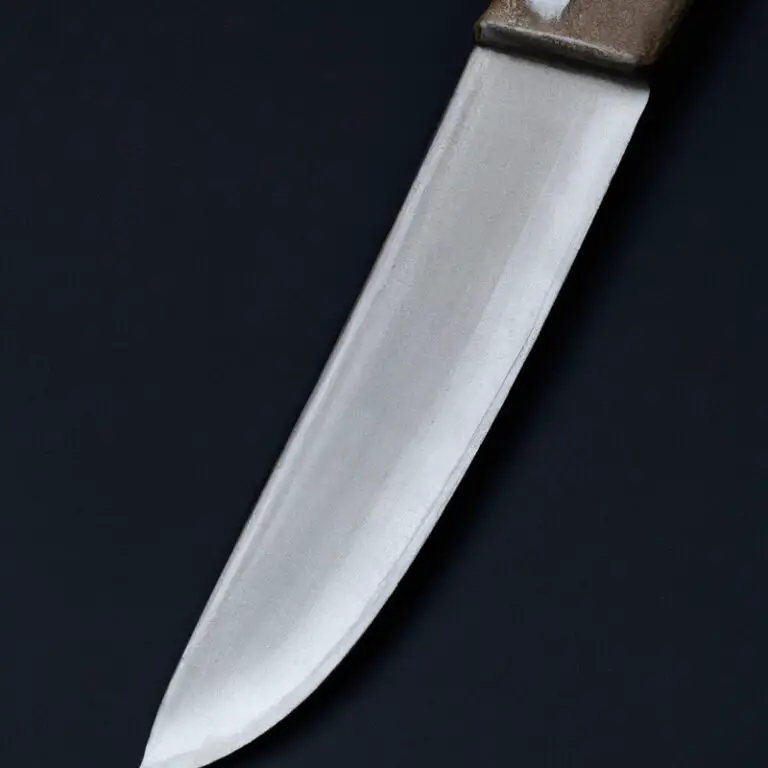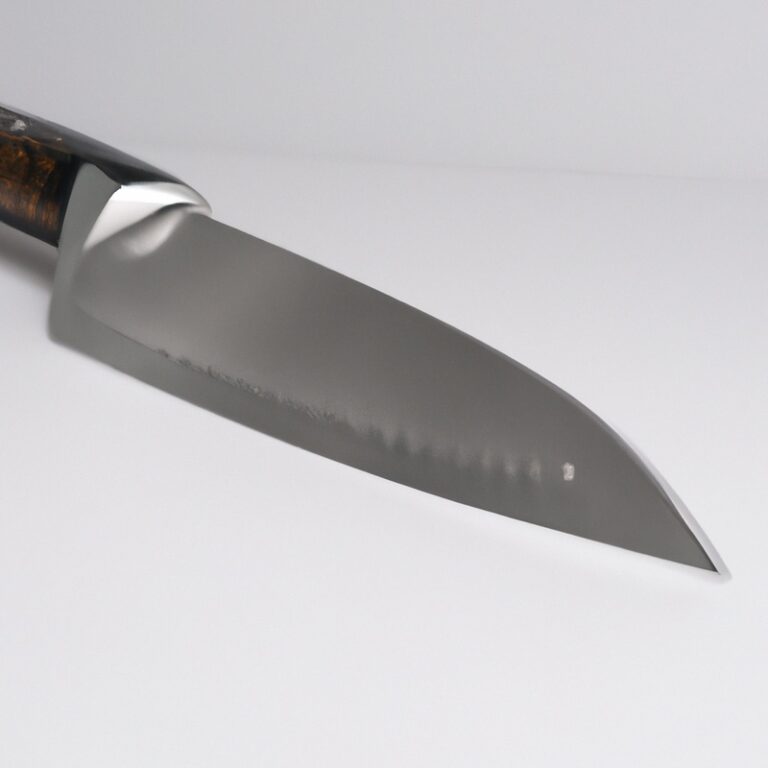How To Fillet a Yellow Bass Using a Fillet Knife Like a Pro?
Key Takeaways:
- Use a sharp fillet knife to carefully remove the skin and bones from the yellow bass.
- Cut along the backbone and use a gentle sawing motion to separate the flesh from the ribs.
- Practice proper knife handling techniques to ensure safety while filleting.
- With patience and practice, you can easily master the art of filleting a yellow bass.
Do you love catching and cooking fish? Then learning how to fillet a yellow bass is a skill that you’ll want to master.
With the right tools and techniques, filleting a fish can be easy and rewarding.
In this article, I’ll guide you step-by-step through the process of filleting a yellow bass using a fillet knife. I’ll cover everything from preparing the fish to cleaning up your fillets and using the scraps.
With this knowledge, you’ll be able to take your fish preparation to the next level and impress your friends and family with your culinary skills.
| Steps | Instructions |
|---|---|
| Step 1 | Place yellow bass on cutting board with its belly facing towards you. Use a sharp fillet knife to make a cut behind the gills and down to the spine. Turn the blade and cut along the spine from head to tail, making sure to cut through the rib bones. |
| Step 2 | Turn the fish over and repeat the above cut on the other side, starting from behind the gills and continuing along the spine to the tail. Remove the head by cutting through the neck vertebrae. |
| Step 3 | Use the fillet knife to cut along the rib bones from the tail towards the head, separating the fillet from the bones. Take care not to pierce the innards or cut through the rib bones, as this could contaminate the meat. |
| Step 4 | Remove the fillet from the fish by cutting through the skin at the tail and lifting the fillet away from the rest of the fish. Repeat steps 3 and 4 for the other side of the fish. |
| Step 5 | Trim any excess fat, skin, or bones from the fillets, and rinse them off with cold water. Your yellow bass fillets are now ready to be cooked. |
Preparing the Fish for Filleting
Before filleting a yellow bass, it is essential to prepare the fish properly. Begin by placing the fish on a clean work surface and removing any scales by scraping them off with a knife or scaler.
After scaling, use a sharp knife to remove the head and tail of the fish.
Next, make an incision along the backbone of the fish, from the head to the tail. Cut through the flesh but avoid cutting through the backbone itself.
Then, cut the fillet away from the rib bones by running your knife along the bones.
Repeat the process on the other side of the fish. Finally, rinse the fillets under cold water and trim away any remaining bones or unwanted parts.
Proper preparation will make filleting easier and ensure that your fillets come out clean and bone-free.
Choosing the Right Fillet Knife
Choosing the right fillet knife is crucial for achieving clean and precise cuts when filleting a yellow bass. A good fillet knife should be flexible, sharp, and have a comfortable grip.
The blade of a fillet knife should have a thin, flexible blade that can easily glide along the bones and contours of the fish.
A blade that is too thick or stiff will make the filleting process more difficult and may result in uneven cuts. It is recommended to choose a knife with a blade length between 6-9 inches for filleting a yellow bass.
The handle should also be comfortable to grip, providing a secure grip that allows for precise control over the blade.
Many fillet knives come in various materials, including stainless steel or carbon steel. Both options work well, but it ultimately comes down to personal preference and intended use.
Stainless steel is more resistant to rust and corrosion, while carbon steel tends to hold a sharper edge for longer.
Investing in a quality fillet knife may cost more upfront but will save you time and frustration in the long run. Remember to choose a knife that feels comfortable in your hand and can easily maneuver around the contours of the fish.
Basic Techniques of Filleting a Yellow Bass
To fillet a yellow bass using a fillet knife, you need to know the basic techniques. The following steps will guide you through the process:
- Remove the head and tail of the fish with a sharp fillet knife.
- Cut along the spine of the fish, starting from the head to the tail, to separate the fillet from the bone.
- Angle the blade towards the rib bones and use it to glide along the bones to remove the fillet.
- Use the fillet knife’s tip to remove the pin bones from the fillet, ensuring that all the bones are removed.
- Repeat the process on the other side of the fish to get another fillet.
- Remove the skin from the fillets by placing the fillet meat-side down and sliding the blade between the skin and the flesh.
Ensure that you clean up the fillets after removing them to make them ready for cooking. Also, you can use the leftover scraps of the fish to make a delicious fish broth or fish stock.
Removing the Head and Tail
To remove the head and tail, place the fish on its side and hold the head securely with one hand. With the other hand, cut down behind the gills and pectoral fin, angling the knife towards the backbone.
Follow the backbone down to the tail, cutting through the dorsal fin.
Repeat the cut on the other side to remove the other half of the head, then discard it. Next, flip the fish over and repeat the process to remove its tail.
Cut along the bottom of the fish, following the spine from the tail to the base of the head.
Carefully detach any remaining tissue with the knife, and dispose of the tail. Removing the head and tail is an essential first step in filleting a yellow bass.
This process allows for easier handling and access to the filet.
Properly disposing of the head and tail can also prevent unwanted odors and bacteria in your workspace.
Getting the First Fillet Off
To get started with filleting a yellow bass, the first and foremost step is to get the first fillet off. Here are some steps to follow to get the fillet off with precision:
- After removing the head and tail, make a slit behind the gills to the backbone.
- Make an incision down to the backbone, angling the blade towards the top of the fish.
- Guide the knife along the backbone, using a gentle sawing motion to keep the knife flush against the bones.
- Cut the meat off the ribcage, being careful not to cut through the skin.
- Once the fillet is removed, repeat the same process on the other side.
It’s important to take your time during this step, ensuring that you are cutting through the flesh and avoiding any bones that may still be attached. A sharp fillet knife is essential for this process, as it ensures clean cuts and lessens the risk of damaging the fillet.
By following these steps and practicing patience and precision, you’ll be able to get the first fillet off and move onto the next step of deboning the fish.
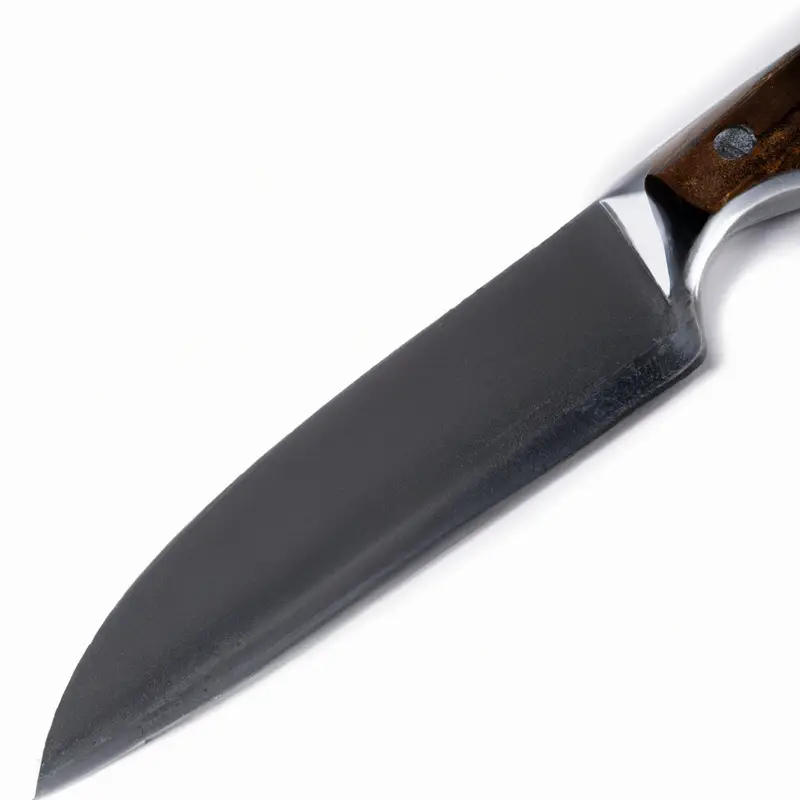
Deboning the Fillet
Deboning the fillet is a crucial step in filleting a yellow bass. It ensures that there are no bones left in the fillet, making it safe and enjoyable to eat.
You can either use your fingers or a pair of pliers to remove the bones.
Carefully run your fingers or pliers over the meat, feeling for bones. If you encounter any, gently use the pliers to pull them out.
Repeat the process until there are no bones left.
Take your time to ensure that you have thoroughly deboned both fillets before moving on to the next step. Once you have finished deboning, you can move on to removing the skin from the fillets.
Repeating the Process on the Other Side
Once one fillet has been removed, it’s time to repeat the process on the other side of the fish. Start by flipping the fish over carefully.
Then, make the same angled cut behind the gills down towards the backbone, just as you did with the first fillet.
Continue to use the backbone as a guide as you guide the fillet knife along the spine towards the tail end of the fish. When you reach the tail, cut through the skin to release the fillet.
Repeat the deboning process, making sure to remove all the small bones.
Be careful not to damage the second fillet while removing the bones. Once both fillets have been deboned, you’re ready to move on to the next step of removing the skin from the fillets.
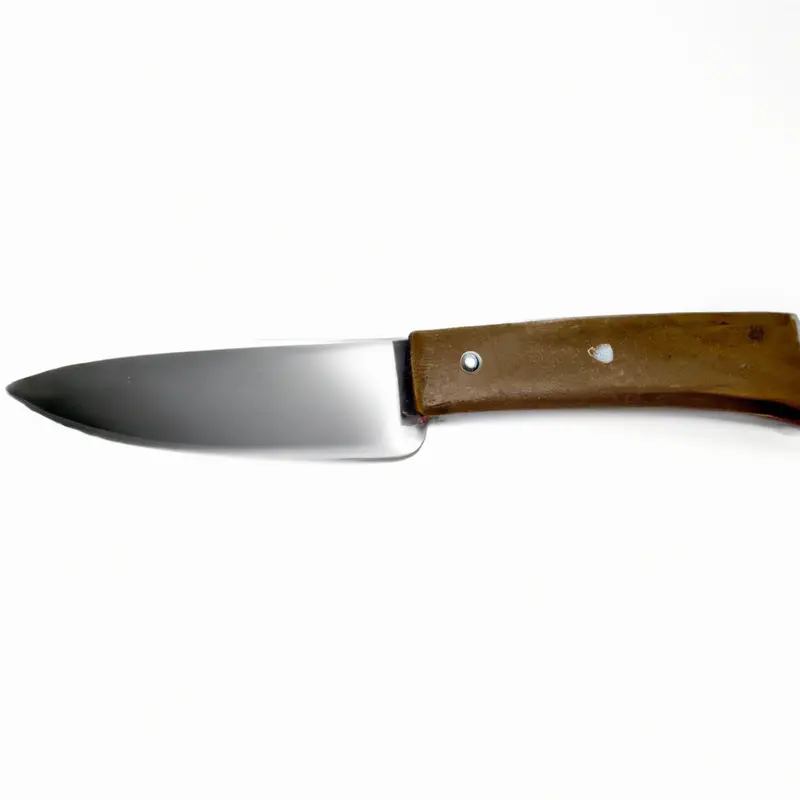
Removing the Skin from the Fillets
Removing the skin from the fillets is a crucial step in preparing a yellow bass for cooking. To do this, place the fillet skin side down on a cutting board with the tail end facing away from you.
Using a sharp fillet knife, gently slide the blade between the skin and the flesh at the tail end of the fillet.
Hold the fillet with your non-dominant hand while pulling the skin away from the blade with your dominant hand. Continue to slide the blade along the skin while pulling the skin in the opposite direction with your other hand until all of the skin is removed.
Repeat this step for the remaining fillet.
Discard the skin or use it for fish stock. With the skin removed, your fillets are ready to cook or store for later use.
Cleaning up the Fillets
Cleaning up the fillets is an essential step in preparing your yellow bass fillets for cooking. This process involves removing any remaining bones, scales, or skin left on the fillet after deboning and skinning.
To clean up the fillets, run your fingers along the entire surface of the fillet to check for any bones that might have been missed during deboning.
Use a pair of tweezers to carefully remove any remaining bones. Next, remove any remaining skin that may have been left on the fillet.
You can use a fillet knife or your fingers to carefully pull the skin away from the flesh.
Finally, wash the fillets under cool running water to remove any excess debris or blood. Pat the fillets dry with a paper towel or clean cloth and they are now ready to be cooked.
Don’t waste the scraps! You can use the remaining scraps and bones to make fish stock, which can be used as a base for soups, stews, and sauces.
Simply simmer the scraps and bones in a pot of water with some vegetables and herbs for a few hours, strain the liquid, and discard the solids.
Using the Scraps
Using the scraps of a yellow bass after filleting is a great way to reduce waste and get the most out of the fish. The scraps can be used for various purposes, such as making fish stock, fish cakes, or even as bait for the next fishing trip.
To make fish stock, use the heads, bones, and other leftover pieces of the fish and simmer them in water with some vegetables like onions, carrots, and celery.
After a few hours, strain the liquid, and you have a flavorful base for soups, stews, or sauces. To make fish cakes, use the leftover meat and mix it with some breadcrumbs, herbs, and spices.
Shape them into patties and cook them in a skillet until crispy on the outside and cooked through on the inside.
Lastly, the scraps can also be used as bait for fishing for other species, such as catfish. Simply chop up the scraps into small pieces and use them on a hook.
By utilizing the scraps, not only are you reducing waste, but you are also getting the most out of the yellow bass.
Final Verdict
Filleting a yellow bass using a fillet knife can seem daunting at first. But with the right preparation, technique, and tools, you can achieve clean and delicious fillets every time.
By following the steps outlined in this article, you can confidently remove the head and tail, fillet the fish, and even use the scraps for other dishes.
Remember to choose a high-quality fillet knife and maintain it properly for optimal performance. With practice, you’ll soon become a skilled fish fillet cutter.
Trust in these techniques, and you’ll be able to enjoy fresh yellow bass fillets that are perfect for your next meal.

